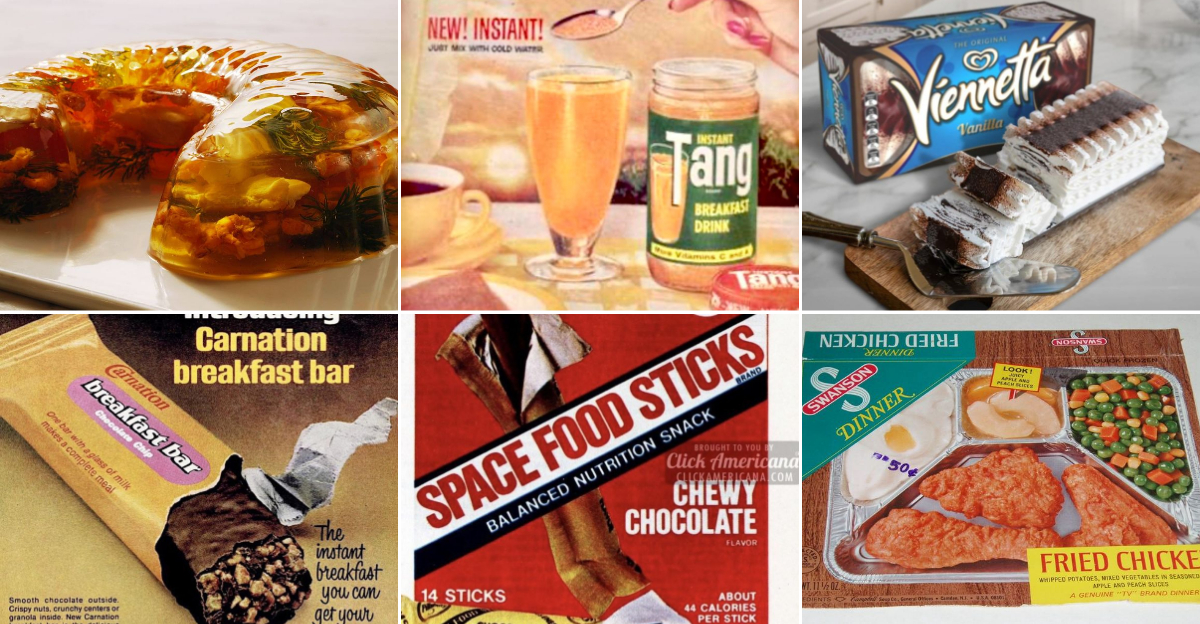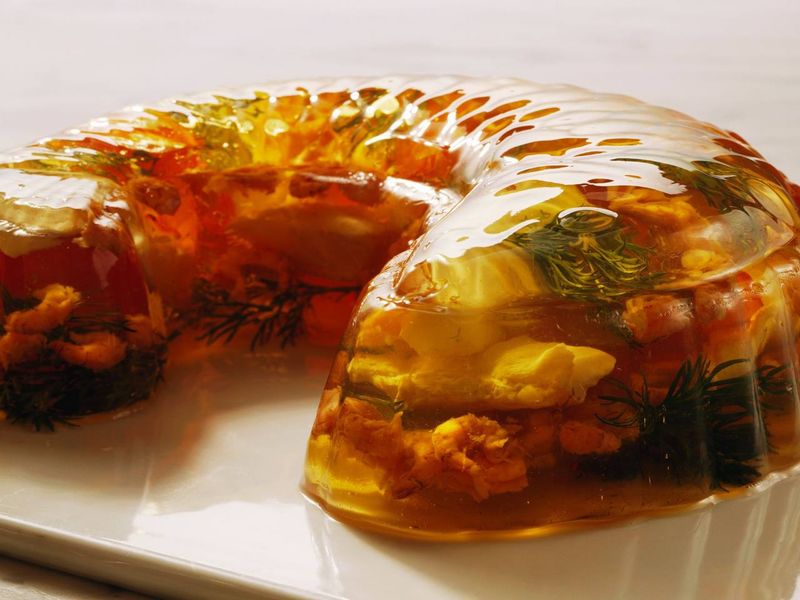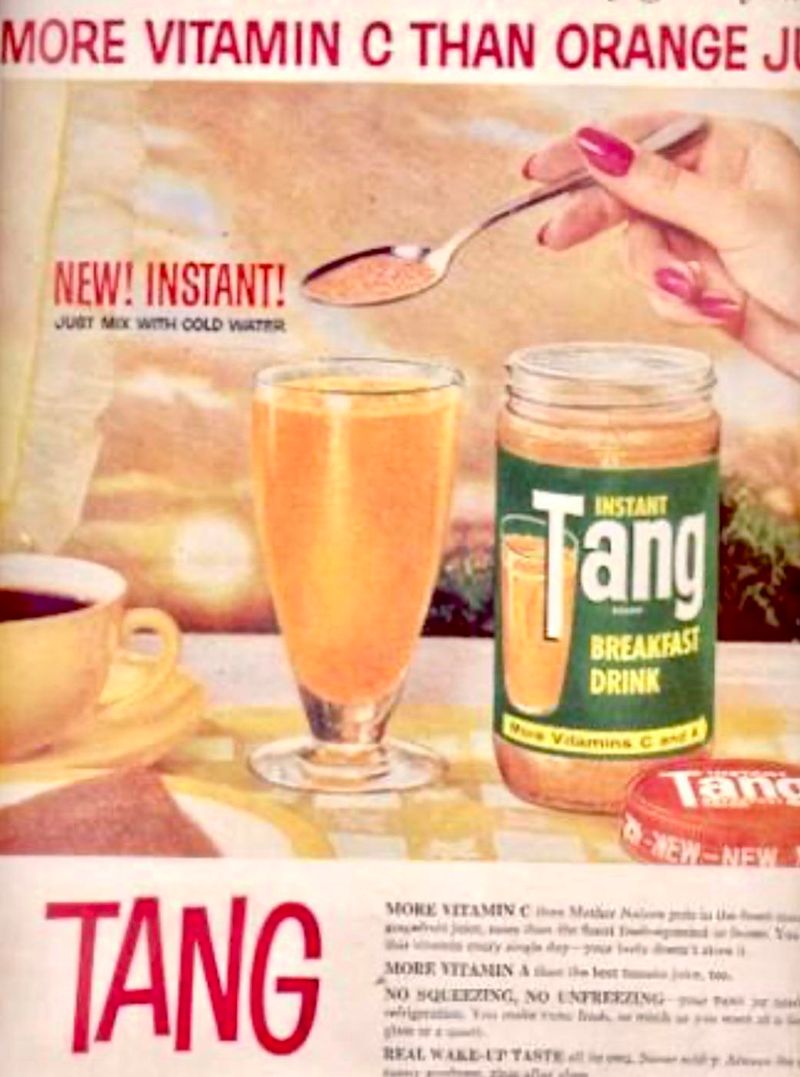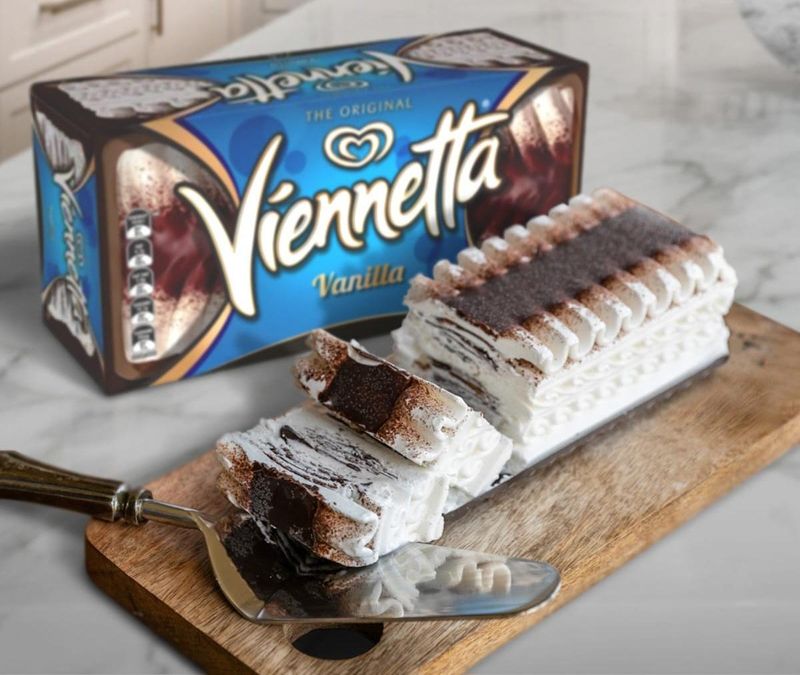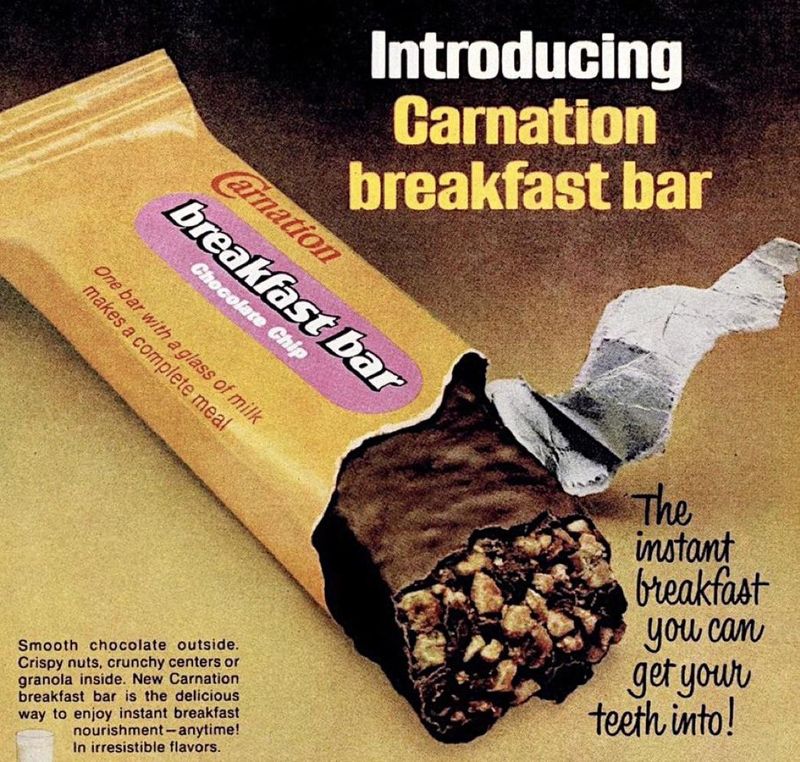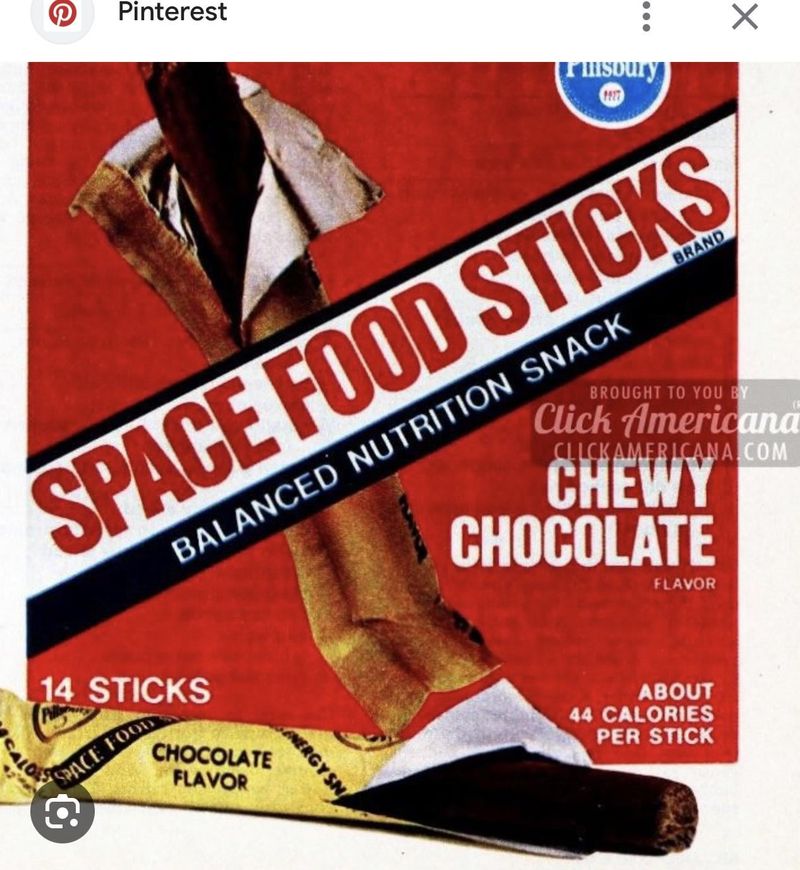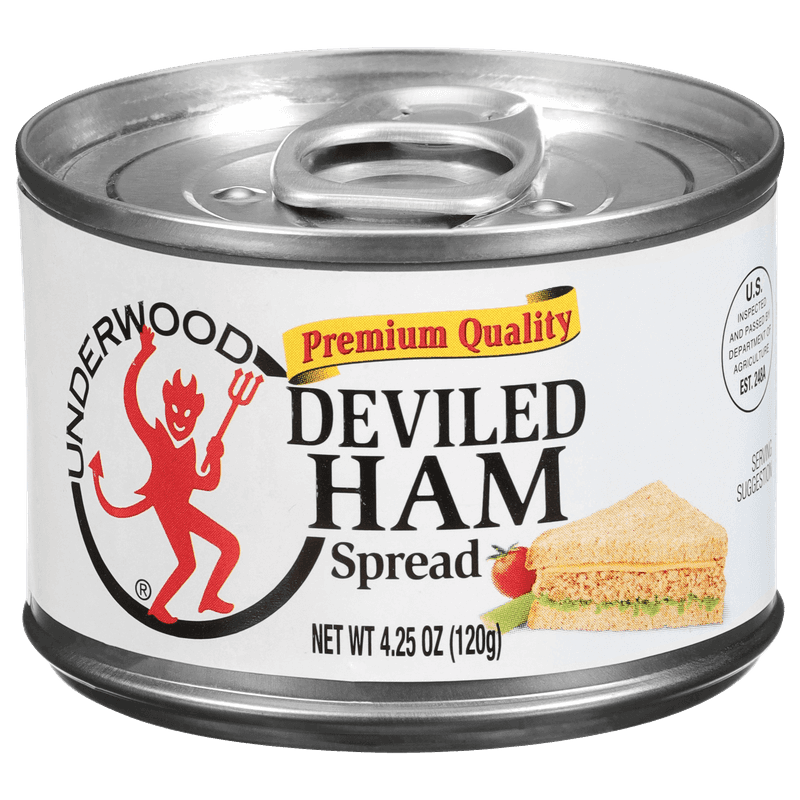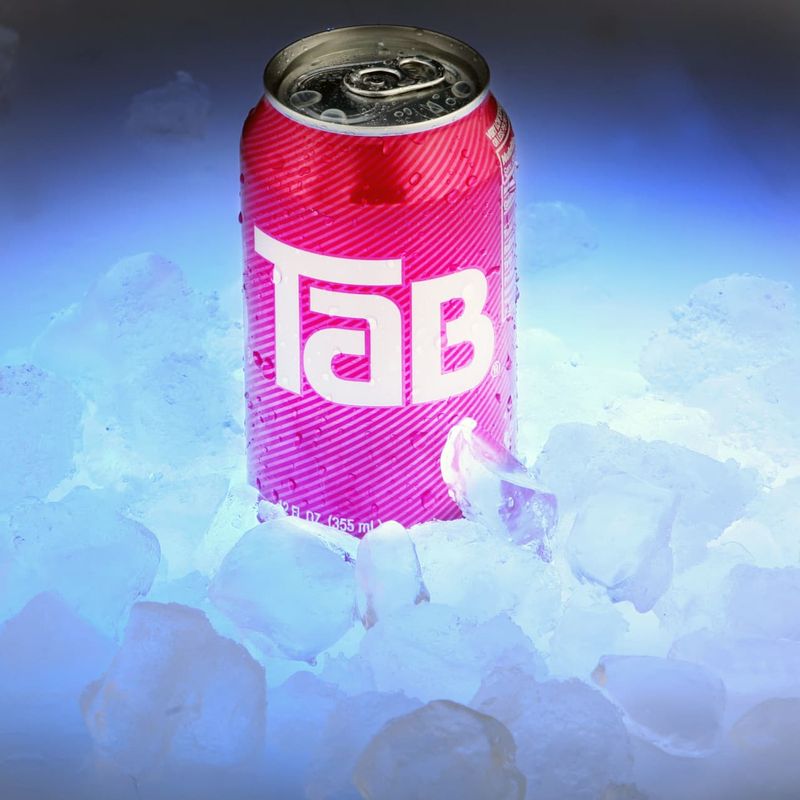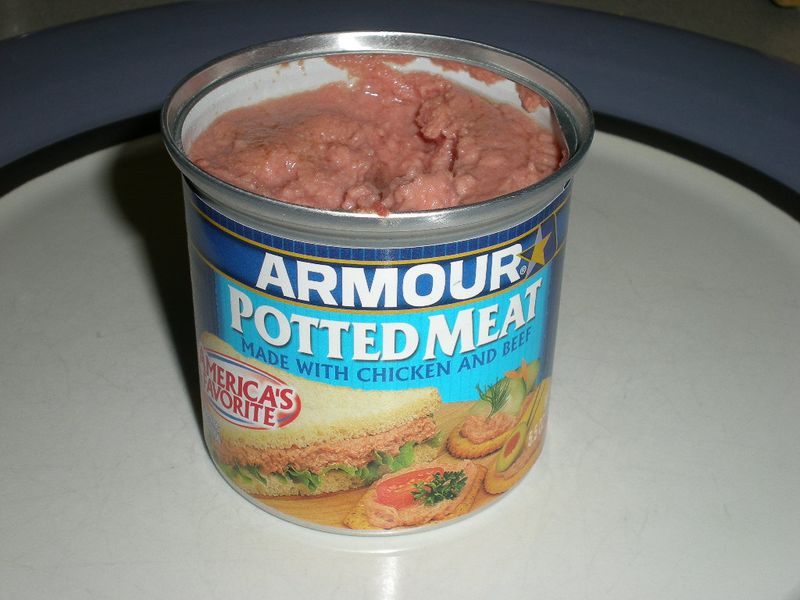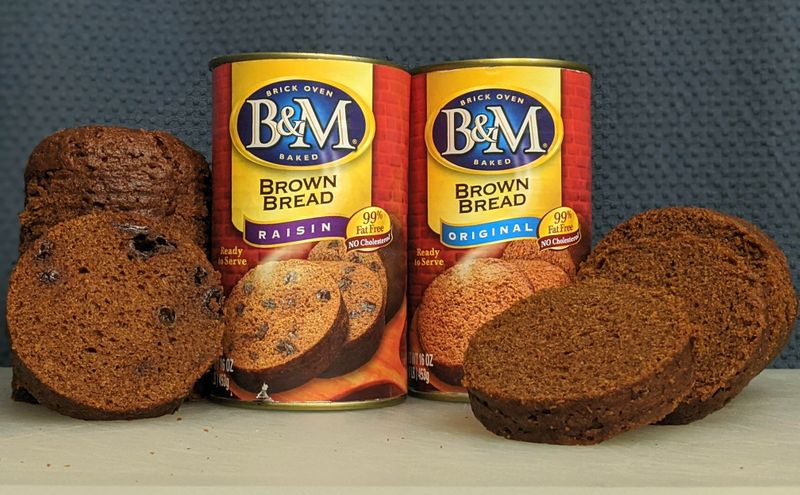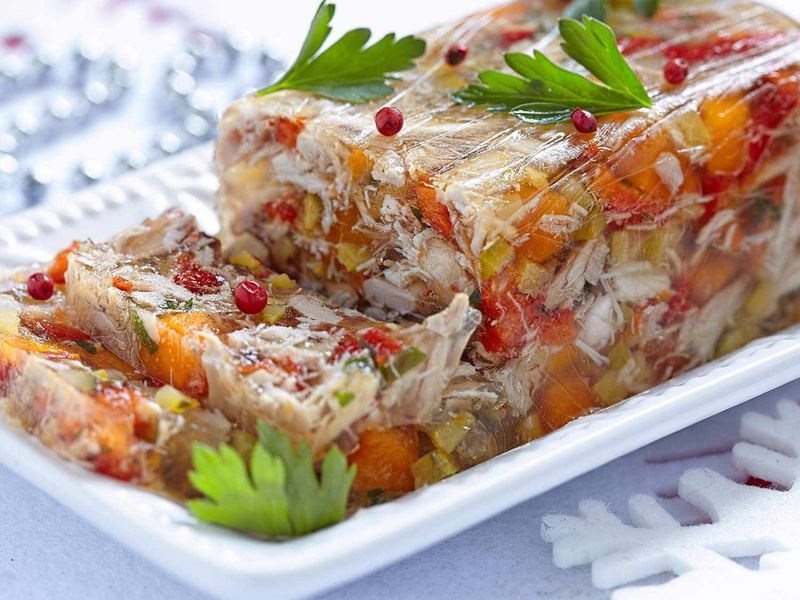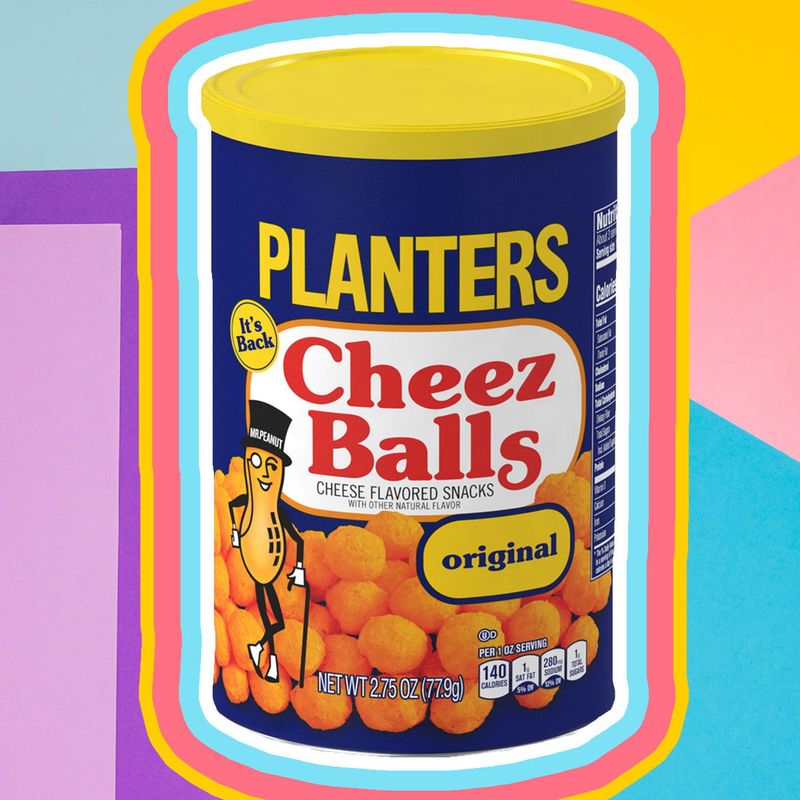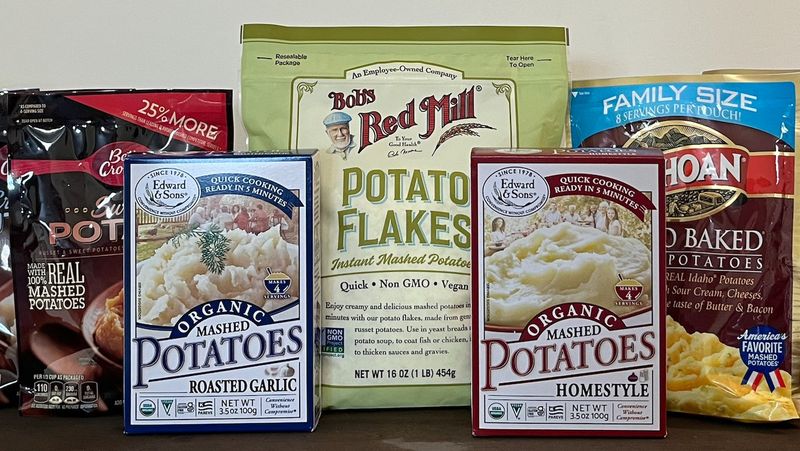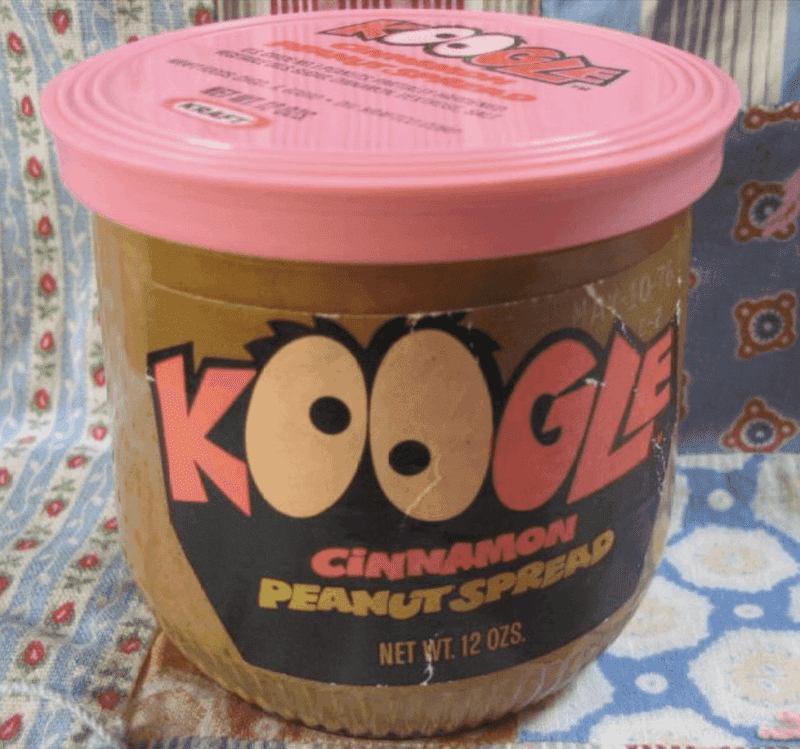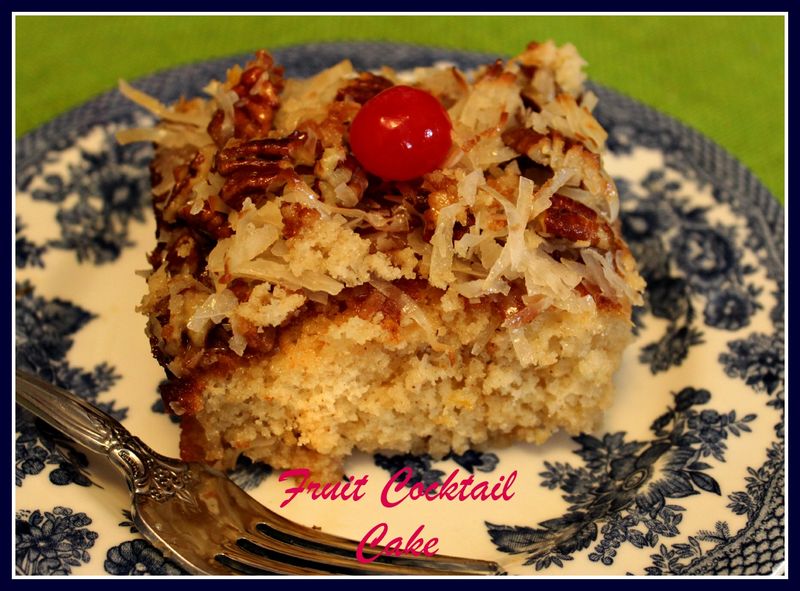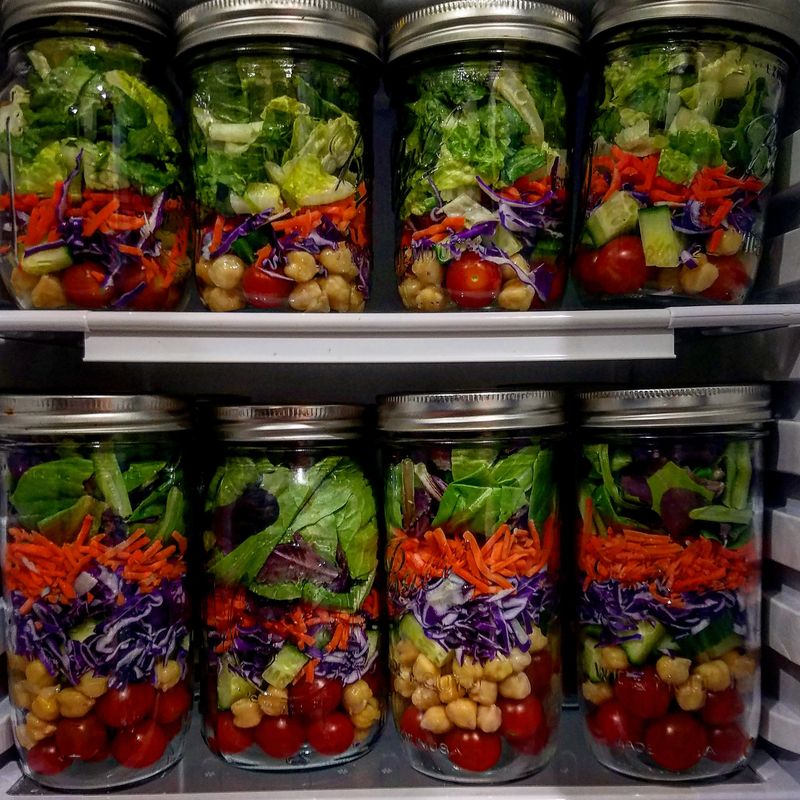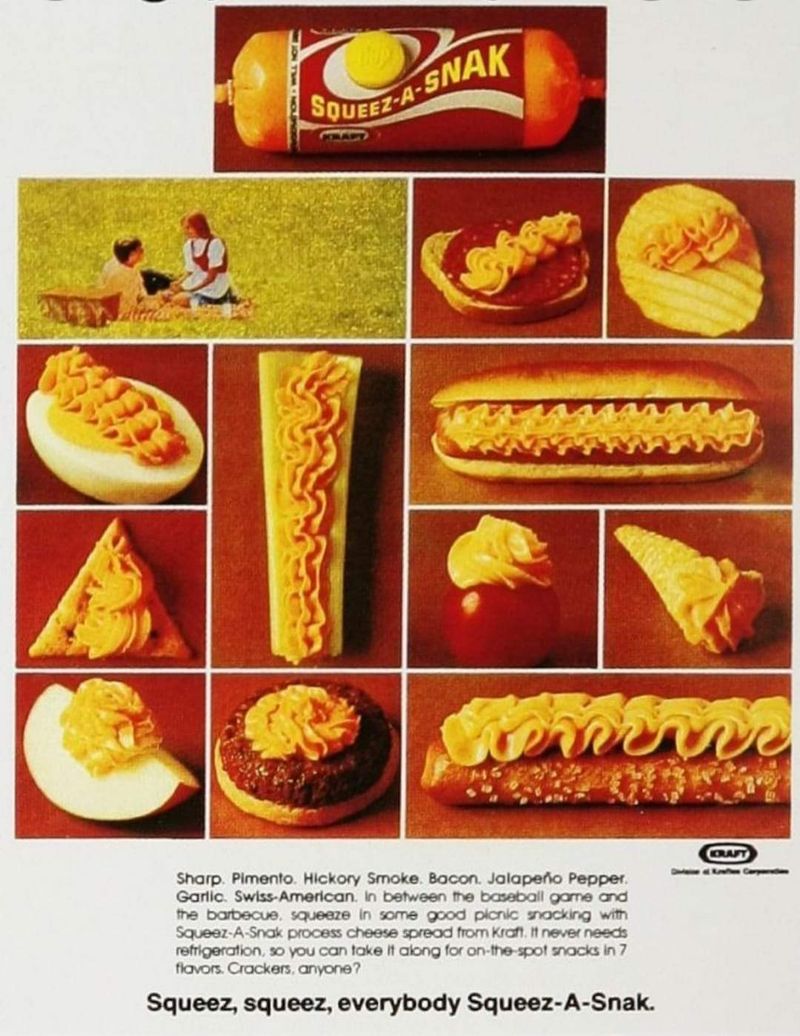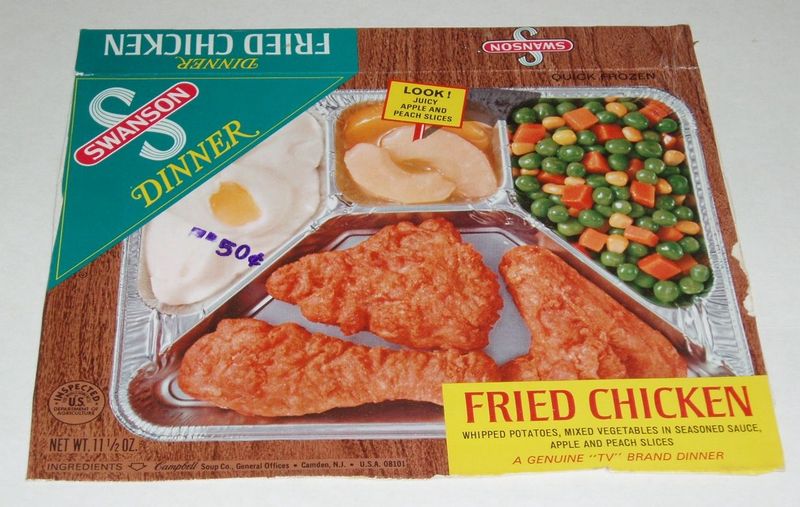The 1970s was a memorable decade, not just for its fashion and music, but also for its unique culinary trends. However, many of the foods that were popular back then might not meet today’s rigorous food safety standards.
From questionable preservatives to dubious preparation methods, several items from this era could raise eyebrows among modern health inspectors. Let’s explore 20 such foods that defined the 70s’ dining tables but would struggle to pass today’s safety checks.
1. Aspic
Aspic was a staple in 1970s cooking, offering a unique way to present meats and vegetables suspended in gelatin. This culinary marvel was often seen at potlucks and family gatherings.
Despite its appealing appearance, aspic harbored potential risks. Often prepared with unregulated gelatin mix, its storage conditions were frequently overlooked, leading to possible bacterial growth.
Additionally, the lack of modern preservatives meant spoilage was a real concern. In today’s world, where food safety is paramount, aspic might not make the cut. Yet, it remains a fascinating glimpse into past culinary preferences.
2. Tang
Tang, the orange-flavored drink mix, gained popularity as a convenient beverage during the 70s. Promoted as an astronaut’s choice, its appeal was undeniable. However, its high sugar content and artificial additives would raise eyebrows today.
In an era focused on natural ingredients and health consciousness, Tang’s ingredient list would likely be scrutinized. The excessive use of artificial colors and flavors poses health risks now widely recognized.
Although Tang was synonymous with innovation in its time, today’s consumers prioritize cleaner labels. This shift marks a significant change in how we view food safety.
3. Viennetta Ice Cream
Viennetta was a luxurious dessert that captured the essence of 1970s indulgence. Its intricate layers and decorative swirls made it a showstopper. Yet, its preparation involved several controversial additives and stabilizers to maintain its signature texture.
In today’s health-conscious environment, these ingredients are often questioned for their safety. Additionally, the demand for transparency in labeling would make Viennetta’s ingredient list problematic.
While it represented elegance in its era, modern consumers might be wary of its chemical components. Viennetta remains a nostalgic treat, reminding us of a time when flavor trumped health concerns.
4. Carnation Breakfast Bars
Carnation Breakfast Bars were marketed as a nutritious start to the day, but their content tells a different story. Loaded with sugar and artificial ingredients, they provided a quick energy boost but lacked lasting nutritional value.
Today, the emphasis on whole foods and balanced nutrition highlights the shortcomings of such products. Concerns about sugar levels and additive content would likely bring these bars under scrutiny.
In an era of clean eating, Carnation Breakfast Bars serve as a reminder of changing dietary priorities. Yet, they still evoke memories of childhood breakfasts for many.
5. Space Food Sticks
Space Food Sticks were a novelty, promising the thrill of space travel in a snack. Their chewy texture and unique flavors intrigued many. However, the high sugar content and artificial flavors raise flags today.
With modern awareness of nutritional content, these sticks’ lack of essential nutrients would be concerning. The fascination with space-aged foods made them popular, but the focus has shifted to balanced, natural snacks now.
Space Food Sticks highlight the intersection of marketing and food safety, and while nostalgic, they would face challenges meeting current health standards.
6. Deviled Ham
Deviled ham, often found in canned form, was a pantry staple in the 70s. Its spicy, savory flavor made it versatile for sandwiches and spreads. However, concerns about preservatives and sodium levels are prevalent today.
The reliance on chemical preservatives to extend shelf life would be scrutinized by current standards. Additionally, high sodium content poses health risks now better understood.
While deviled ham offered convenience, the modern focus on fresh, low-preservative foods challenges its place in today’s markets. It serves as a nostalgic memory of quick meals but faces hurdles in meeting today’s safety criteria.
7. Jellied Meat Loaf
Jellied meat loaf, a curious combination of meat and gelatin, was a dinner staple in the 70s. Its unusual texture and presentation intrigued many. However, the preparation involved questionable meat sources and unregulated gelatin.
In today’s health-focused society, such practices would be unacceptable. The risk of bacterial contamination and the lack of transparency in ingredient sourcing would be significant concerns.
Jellied meat loaf, though iconic in its era, highlights the evolution of food safety measures. It offers a glimpse into the past but would struggle to meet modern expectations for safe consumption.
8. Tab Soda
Tab soda, known for its distinct pink can, was a diet drink sensation. Sweetened with saccharin, it promised fewer calories. However, saccharin’s potential health risks, including its link to cancer, were later discovered.
This revelation led to a decline in its popularity. In today’s market, where natural sweeteners are preferred, Tab’s reliance on artificial ones would be problematic.
While once a symbol of dieting trends, the shift towards healthier options has overshadowed Tab. It serves as a reminder of changing attitudes towards artificial ingredients and their place in our diets.
9. Potted Meat
Potted meat, a blend of various meats, was a convenient option for quick meals. Its shelf stability made it popular, yet its ingredient list often included questionable fillers and preservatives.
Modern consumers, informed about health and wellness, would be wary of such additives. The practice of using meat by-products and artificial flavors would conflict with current food safety standards.
Although potted meat was a resourceful option in its time, today’s emphasis on transparency and quality challenges its place in the pantry. It remains a nostalgic nod to the past’s pragmatic culinary solutions.
10. Canned Bread
Canned bread was an innovative solution for long-lasting bread storage, popularized in the 70s. Its convenience was unmatched, but the concept raises questions today.
The canning process, combined with preservatives, ensured longevity but compromised freshness. Modern consumers, who prioritize fresh, preservative-free products, would likely avoid canned bread.
The appeal of freshly baked goods has overtaken the need for shelf-stable bread products. Canned bread, while practical in its time, highlights the shift towards quality and freshness. It’s a reminder of how convenience once dictated food choices, contrasting with today’s preference for natural options.
11. Gelatin Salads
Gelatin salads, a vibrant and colorful addition to 70s tables, were both artistic and controversial. These congealed dishes often included unusual combinations of fruits, vegetables, and even meats.
The gelatinous texture was a novelty, but the ingredients often included artificial colors and flavors, raising health concerns today. Modern consumers, focused on fresh and natural products, might find such additives unappealing.
Moreover, the lack of nutritional value in gelatin salads contrasts with today’s emphasis on balanced meals. While they represented creativity in their time, gelatin salads would face challenges aligning with current food trends.
12. Cheese Balls
Cheese balls, a party staple in the 70s, offered a delightful combination of flavors. Covered in nuts or spices, they were a hit at gatherings. However, the cheese used often contained artificial additives and preservatives that are scrutinized by today’s standards.
Concerns about trans fats and chemical additives in processed cheese are now well-known. While cheese balls provided convenience and taste, modern consumers might question their ingredients.
Reflecting the era’s love for processed snacks, they offer nostalgic memories but don’t align well with today’s cleaner eating trends. Cheese balls remain a party favorite, though modified for health.
13. Instant Potato Flakes
Instant potato flakes were a quick and easy solution for making mashed potatoes, loved for their convenience. However, the process of dehydrating and preserving potatoes involved additives that might be questioned today.
The flavor enhancers and preservatives used to maintain the taste and texture are not as widely accepted now. With the rise of farm-to-table and whole foods movements, consumers prefer fresh potatoes.
Instant potato flakes, once a kitchen staple, highlight how food processing techniques have evolved. They remind us of a time when convenience often outweighed nutritional considerations in food choices.
14. Koogle
Koogle, a flavored peanut spread, tantalized taste buds with its unique flavors like chocolate and banana. It offered a sweet twist on traditional peanut butter. However, the added sugars and artificial flavors would be problematic today.
Health-conscious consumers prioritize natural ingredients, making Koogle’s formulation less appealing. The spotlight on reducing sugar intake further challenges such products.
While Koogle was an innovative treat in its time, today’s emphasis on wholesome, minimally processed foods highlights its shortcomings. Koogle represents the playful experimentation of the 70s, yet it struggles to meet current standards for healthy eating.
15. Fruit Cocktail Cake
Fruit cocktail cake, a dessert beloved in the 70s, combined canned fruit cocktail with cake mix for a sweet treat. Its simplicity was its charm. However, the high sugar content and reliance on canned ingredients might cause concern today.
Modern consumers focus on fresh, whole fruits and reduced sugar in their desserts. The additives used in canned fruit cocktails would also be scrutinized for their health impacts.
While fruit cocktail cake was a convenient dessert, the preference for healthier options challenges its place in today’s kitchens. It remains a nostalgic favorite for those recalling the era’s culinary trends.
16. Salad Jars
Salad jars, a portable and visually appealing lunch option in the 70s, offered a novel way to enjoy salads. However, the layering of perishable ingredients with dressings raised food safety concerns.
Modern food safety guidelines emphasize the importance of proper storage and separation of dressings to prevent spoilage. The lack of refrigeration options when transporting these jars would be problematic today.
While salad jars were a creative and convenient solution, the focus on food safety and freshness today underscores their limitations. They symbolize a time when convenience was prioritized over meticulous food safety practices.
17. Squeeze Cheese
Squeeze cheese, a processed cheese product dispensed from a can, was a novel snack in the 70s. Its ease of use made it popular, yet its contents were less than ideal by today’s standards.
The product contained artificial flavors, preservatives, and trans fats, which are now discouraged for health reasons. Modern consumers are more aware of the benefits of natural cheeses and the drawbacks of processed varieties.
Squeeze cheese reflects the era’s fascination with convenience and innovation, but it doesn’t align with current trends that emphasize health and quality in dairy products.
18. Frozen TV Dinners
Frozen TV dinners revolutionized mealtime in the 70s, offering a quick, no-fuss way to enjoy a meal. These meals were often high in sodium and preservatives, raising health concerns today.
The lack of fresh ingredients and over-reliance on additives would be problematic for modern health standards. Consumers now prioritize fresh, wholesome meals, and the market has shifted towards offering more nutritious frozen options.
While TV dinners were a staple of convenience and innovation, they highlight the changes in dietary expectations and food safety standards over the decades. They remain a nostalgic reminder of a simpler time in meal preparation.
19. Pop Rocks Candy
Pop Rocks candy, known for its explosive popping sensation, captivated children in the 70s. However, rumors about its safety sparked concern among parents. Though largely unfounded, these fears highlighted the lack of understanding of food additives.
Today, there’s a greater focus on natural ingredients and transparency in candy production. While Pop Rocks offer a fun experience, modern consumers are more cautious about ingredient lists.
The candy represents a carefree era of consumption, yet it underscores the evolution of consumer awareness and safety. Pop Rocks remain a beloved treat, balancing nostalgia with current health considerations.
